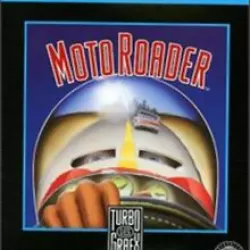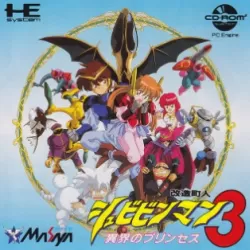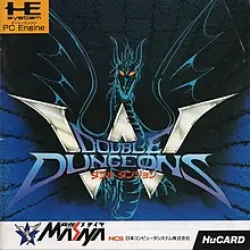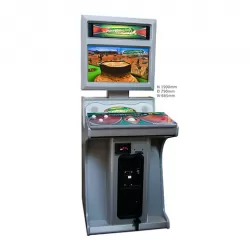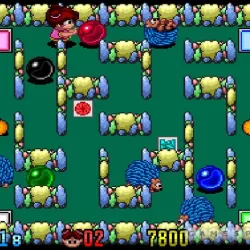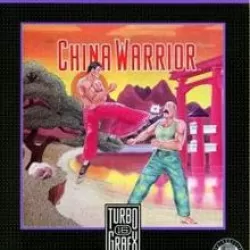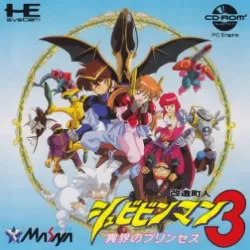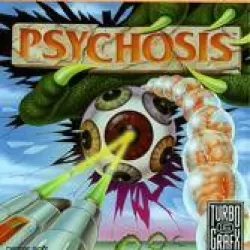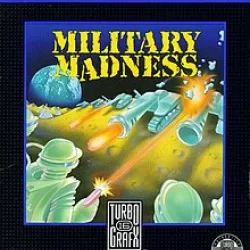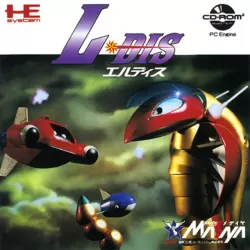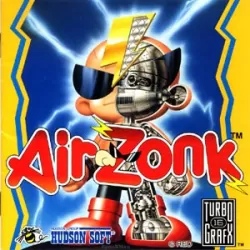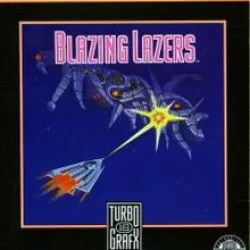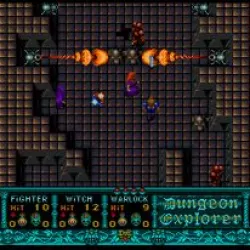Moto Roader
Details: Console game
Descr: Moto Roader is a futuristic racing game developed by NCS for the TurboGrafx-16. The game is the first in a series which includes Moto Roader 2 and Moto Roader MC. It is notable for having a possible five players race simultaneously, one more player than most games' maximum number. Wikipedia
Initial Release Date: 1989
Developers: Masaya, Hudson Soft, NCS Pte Ltd
Platforms: TurboGrafx-16, Wii, Wii U
Genres: Racing Video Game, Action game
Publishers: Masaya, Konami, Hudson Soft, NEC Corp
Descr: Moto Roader is a futuristic racing game developed by NCS for the TurboGrafx-16. The game is the first in a series which includes Moto Roader 2 and Moto Roader MC. It is notable for having a possible five players race simultaneously, one more player than most games' maximum number. Wikipedia
Initial Release Date: 1989
Developers: Masaya, Hudson Soft, NCS Pte Ltd
Platforms: TurboGrafx-16, Wii, Wii U
Genres: Racing Video Game, Action game
Publishers: Masaya, Konami, Hudson Soft, NEC Corp
